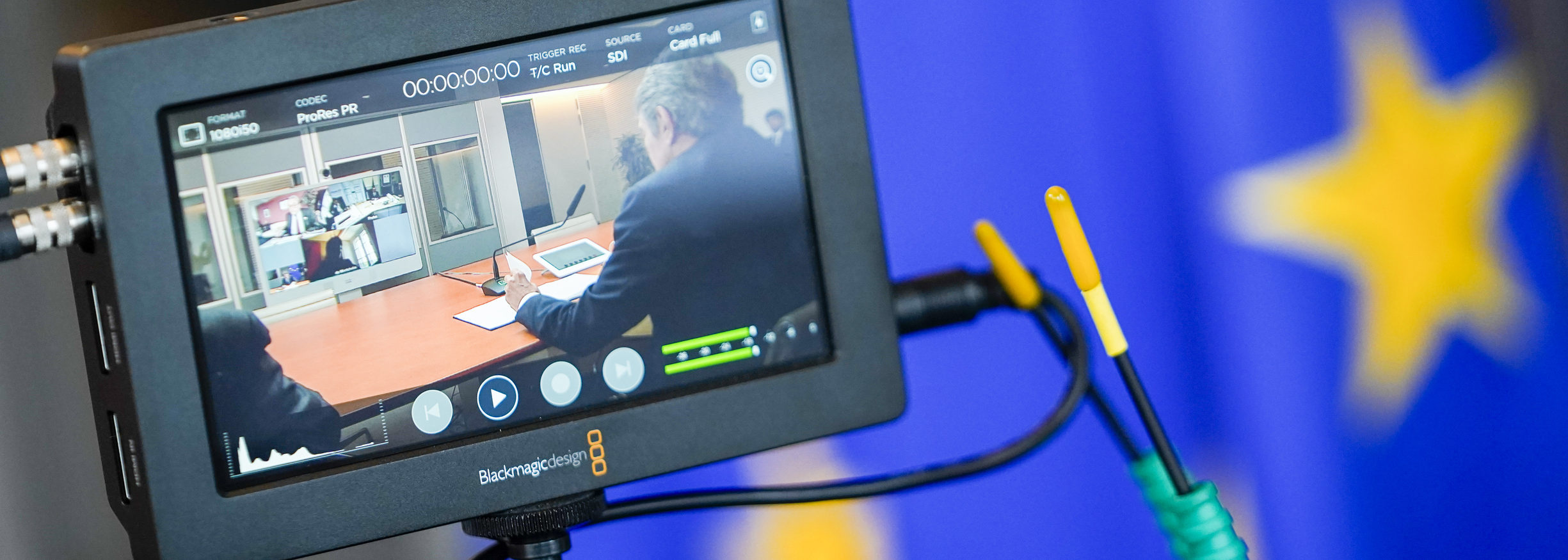Understanding the conflict in Libya
04/07/2016
Solving conflicts always begins with analysis and research. Mediators not only need to understand the peace process; they also need to have a good grasp of the conflict itself. What is happening on the ground? What do conflict parties think (and want)? How does it all relate to wider local, regional and international political dynamics? Mediators and their teams spend considerable time to find answers to these sort of questions. Libya is no exception. By Elena Marda
Libya has made the headlines lately, mainly for the migratory flows coming from the country’s coastal areas and the fight against Daesh. The country’s porous borders have allowed for increased levels of transborder criminal activities, human trafficking and illicit smuggling. At the same time, violent extremist elements are taking advantage of the power vacuum created during the fighting. Despite progress at the national level, local peacemaking initiatives have so far only offered short term solutions a peaceful solution to Libya’s conflict remains pending. In addition, the polarised and fragmented political landscape further hinders understanding of the rapidly shifting alliances that occur in the country.
In a nutshell: Libya is a complex conflict which matters to Europe. There are multiple challenges for mediators and peacemakers – security, access, timing, location, level, coordination to name just a few. But how can we build sustainable peace? To understand the complexity of the conflict and the various political arenas we curated a few resources that go into some of the most difficult challenges mediators are confronted with. From local conflict dynamics to the role of Europe, from migrant smuggling to the future of Libyan oil.
CONFLICT DYNAMICS A few weeks ago, EIP hosted an event with Rebecca Murray, a Libya correspondent and Joost Hiltermann, MENA Director at the International Crisis Group on the situation in Libya and peace prospects in the country. The discussion focused on how Libyans see the current peacemaking efforts by the UN, the presence of violent extremism and its implications to regional stability, as well as stories from Libya’s tribal areas. Listen to the event chaired by EIP’s Executive Director Martin Griffiths:
LOCAL DYNAMICS The first part of this EUI paper on Libya looks into local conflict resolution efforts in Libya with tribal elders and notables acting as mediators in the Nafusa Mountains. It tells the story of the establishment of the ‘Libyan Social Dialogue’ in 2015 and its subsequent negotiations which was the result of continuous work between traditional mediation figures and youth social activists. Click here to read the publication.
ROLE OF EUROPE Intervening Better: Europe’s Second Chance in Libya. Mattia Toaldo from ECFR offers a comprehensive set of recommendations to European countries with an interest in Libya: economy, reconciliation, diplomacy and joint military and migration support are the main priority areas for the future. While the first intervention in Libya was not followed by an organised transitional period. In addition, the paper depicts the evolution and status of ISIS in Libya. Click here to read the paper. ECFR also produced this handy guide which explains the motives and interests of Libya’s main players.
ENERGY The Prize: Fighting for Libya’s Energy Wealth. Much has been said about Libya’s oil fields and the role that energy would play in the years to come. Many predict that Libyan oil could indeed satisfy the country’s domestic demand and it could contribute stability and eventually prosperity. However, militias and violent extremists have used oil fields as points of leverage in order to ameliorate their standing and military and capacity. Click here to read IGC’s paper published in 2015; it remains the most comprehensive report about the role of oil and gas in a future Libya.
MIGRATION Detained by Militias: Libya’s Migrant Trade Weak governance and the lack of functioning institutions were among the immediate repercussions for Libya’s society and economy following the fall of Muammar Gaddafi. This, coupled with the presence of aggressive and authoritarian regimes in a number of Sub-Saharan countries, opened the road for increased levels of smuggling activities through Libya. While trafficking of illicit goods was the norm during the Gaddafi era, in post-revolution Libya, migrant smuggling became the most lucrative business. From a final destination, Libya quickly turned to a transit point for Eritrean, Somalian and Nigerien migrants who attempt the dangerous trip into Europe. To get a glimpse of this reality it is worth watching this Vice News documentary that looks inside Libya’s detention facilities and contrasts the story of militias and with personal stories of migrants.

